Hyperloop technical specifications published
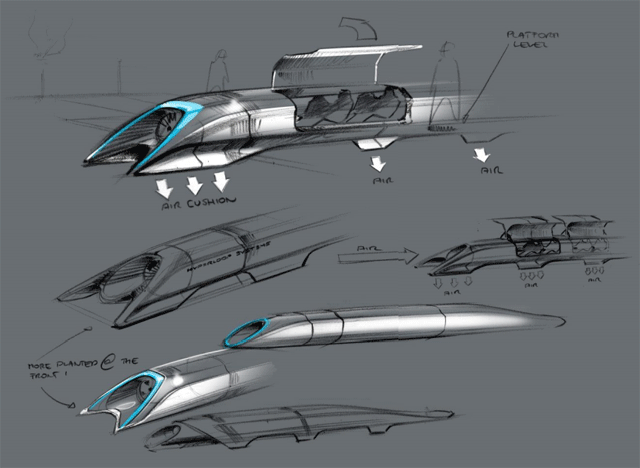
Today, inventor and entrepreneur Elon Musk, owner of Tesla Motors and SpaceX, has finally published the “alpha version” of the design of the mysterious Hyperloop vehicle, which is planned to be launched first between San Francisco and Los Angeles, then - everywhere.
Earlier it was reported that Hyperloop is planned as a public transport for a large number of passengers, the capsules will move at an average speed of about 1000 km / h, and the system will not require external energy sources, except for the one that it will provide.
Elon Musk announced Hyperpetlu in July 2012 as a response to the protracted implementation of the California High-Speed Rail project, the budget of which increased to an incredible $ 60 billion during construction. Elon Musk promised to submit a project for a tenth of this amount.
')
However, statements by Mask left more questions than answers. Nobody understood on what principle the fifth type of transport will work, which its author put on a par with four other types (road, rail, water, air). The inventor himself posed a riddle, saying that Hyperloop is “a hybrid of concord, railgun and air hockey” and that the project does not require a rail, and that it can be implemented both on the ground and underground.
“After the official announcement on August 12, it will be an open project, and anyone can build it,” Musk said a few days ago. - Neither I nor SpaceX will patent Hyperloop. All specifications will be available freely. If a few years later no one succeeds in creating a hyperloop, perhaps I will return to the project. ” Now Musk added that Hyperloop is “unique in its open design concept, like Linux”.

The technical description of the project confirms the assumption of many analysts that the transport in Hyperpet is capsules that move in rarefied air. The project indicated a working pressure in the tunnel of 100 Pa; this is practically a vacuum, as in the upper stratosphere.

The acceleration of the capsules is carried out using magnetic accelerators (stators) in the tunnel and the rotors on each capsule. The distance between them in 20 mm is maintained due to the electromagnetic field.
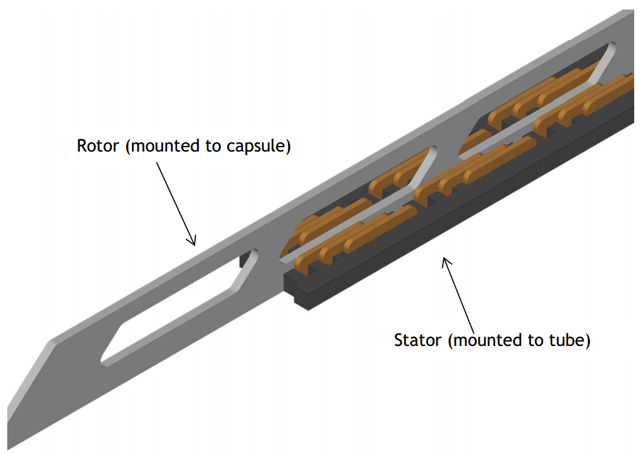
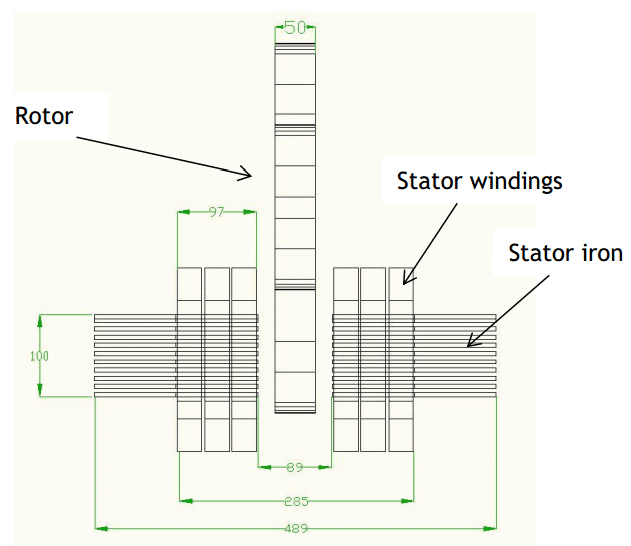
The maximum speed of 1220 km / h on the route between SF and LA will be achieved with an acceleration of no more than 0.5g for the comfort of passengers. At the same time, within the city limits, the capsules will move relatively slowly, without accelerating to the limit.
Capsules can be sent from the station every 30 seconds with 28 passengers each. This will allow moving between SF and LA to 7.4 million people per year. Considering the cost of the project and depreciation (20 years), it is economically expedient to sell tickets per capsule at $ 20.

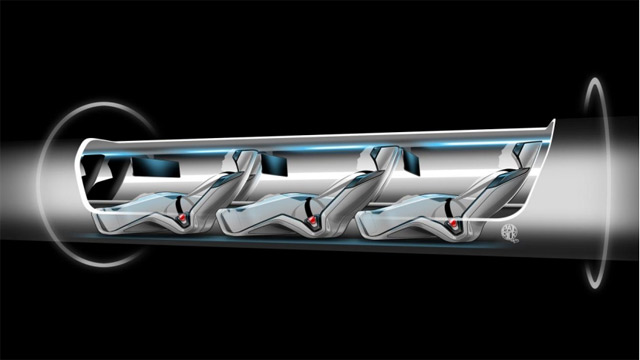
Solar panels on the roof of the transport tunnel will more than provide enough energy. The system needs 21 MW to operate, and the panels will give 57 MW.
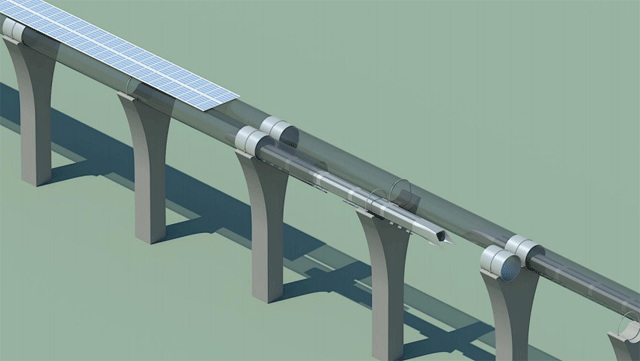
Excess energy on sunny days can be stored as compressed air.
Source: https://habr.com/ru/post/189876/
All Articles